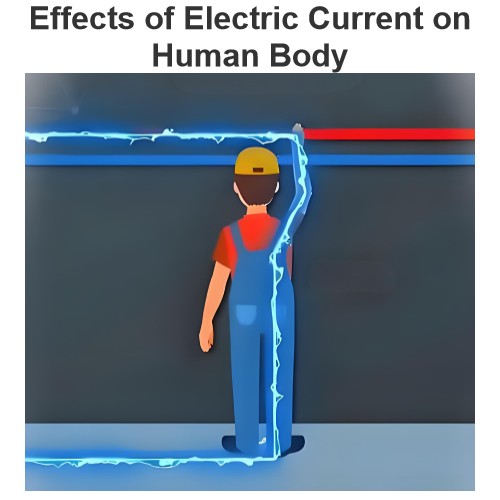Safety protection of high voltage lines
Ensuring the safety of people passing under high-voltage wires is a crucial task. High-voltage transmission lines are designed and constructed according to strict safety standards and regulations to minimize risks to the public. Here are some common measures to ensure the safety of high-voltage wires:
Using Insulators
Insulators are commonly used components in high-voltage wires to fix the wires to towers or poles and prevent current from conducting through the towers or poles to the ground. Insulators are typically installed at the connection points between the wires and the towers or poles.
Features
Materials: Insulators are usually made of ceramic or composite materials with high insulation properties.
Structure: Insulators are often disk-shaped or multi-layered umbrella shapes to increase the creepage distance (the distance along the insulator surface that current travels), thus improving insulation performance.
Position: Insulators are installed at the connection points between high-voltage wires and towers or poles, not on the ground.
Elevating Conductor Height
To ensure the safety of pedestrians and vehicles, high-voltage wires need to maintain a certain minimum height above the ground. This distance varies depending on the voltage level and is typically higher than trees, buildings, and other obstacles.
Features
Safety Distance: Different countries and regions have varying safety distance standards. For example, in China, the minimum vertical distance of high-voltage wires from the ground is typically
35 kV: Not less than 7 meters.
110 kV: Not less than 7 meters.
220 kV: Not less than 7.5 meters.
Higher voltage levels require greater minimum distances.
Signs and Warnings: Warning signs and markers are placed near high-voltage lines to alert pedestrians and vehicles about safety concerns.
Ground Insulation
In high-voltage transmission lines, ground insulation is typically not required because the high-voltage wires are already isolated from the ground using insulators. However, in special cases, such as cables crossing residential areas or underground cables, additional measures may be necessary to ensure safety.
Features
Underground Cables: Underground cables are typically wrapped in insulating material and buried in underground conduits or trenches.
Cable Terminals: Cable terminals are installed in distribution boxes or cable wells to prevent current leakage to the ground.
Additional Measures
Besides the above measures, there are other methods to enhance the safety of high-voltage wires:
Protective Nets
In certain areas, especially where wires cross roads or densely populated areas, protective nets may be installed beneath the high-voltage wires to prevent objects from falling or birds from colliding with the wires.
Regular Inspection and Maintenance
High-voltage transmission lines are regularly inspected and maintained to ensure that all components (including insulators, towers, and conductors) are in good condition.
Public Education
Educational campaigns are conducted to raise public awareness about the safety of high-voltage lines and to avoid proximity to high-voltage lines, especially during thunderstorms.
Summary
Ensuring the safety of people passing under high-voltage wires primarily relies on the following measures:
Using Insulators: Installing insulators at the connection points between high-voltage wires and towers or poles.
Elevating Conductor Height: Maintaining a safe distance between high-voltage wires and the ground.
Ground Insulation: Implementing additional insulation measures in special cases, such as underground cables.
Protective Nets and Markers: Installing protective nets and warning signs where necessary.By implementing these measures, the risks posed by high-voltage wires to the public can be effectively reduced, ensuring the safety of power transmission. If you have any specific questions or need further information, please let me know.
The Electricity Encyclopedia is dedicated to accelerating the dissemination and application of electricity knowledge and adding impetus to the development and innovation of the electricity industry.













